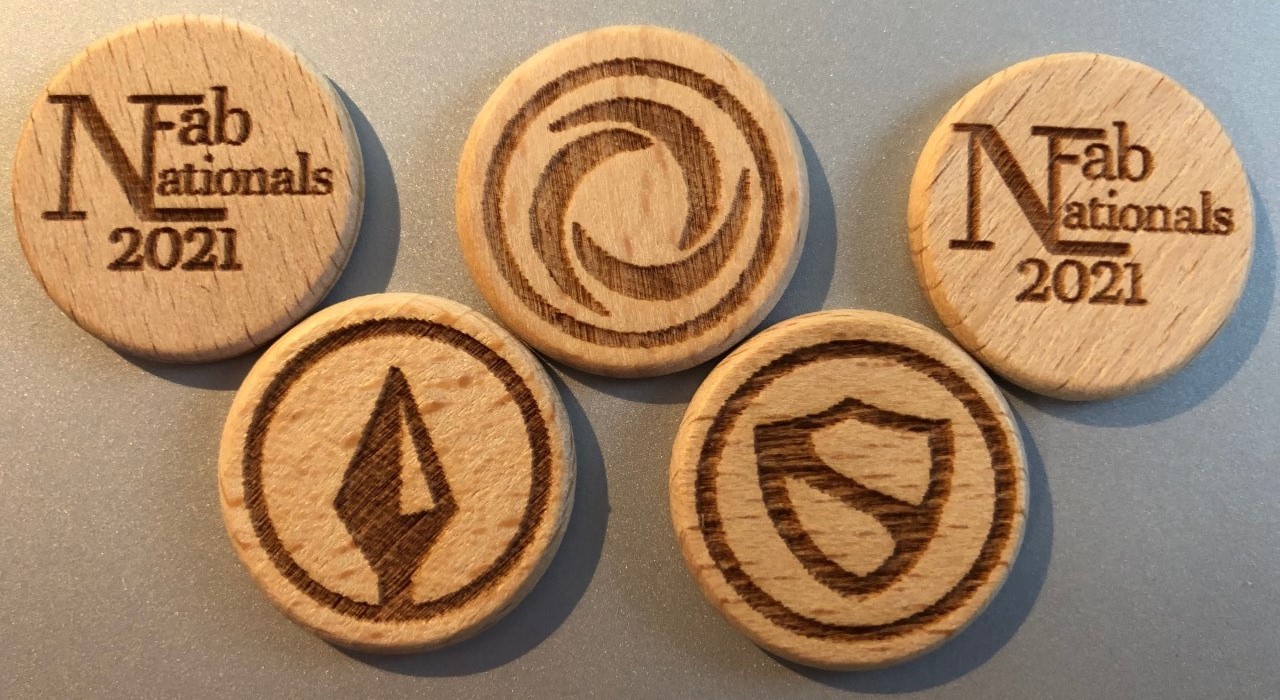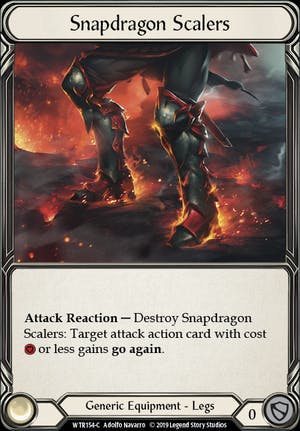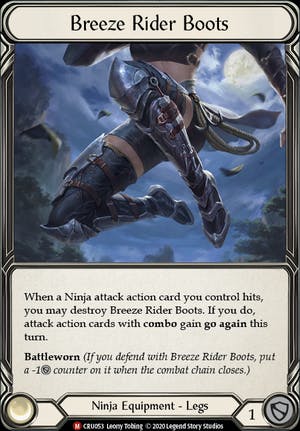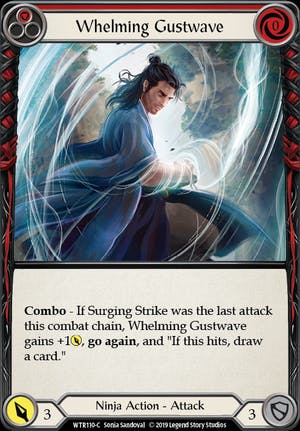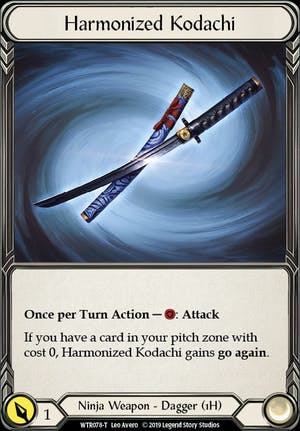Nationals Tournament Report (Top 4) – Part 1 of 2
Wow, that was a great F&B weekend. Finishing top 4 at the first Dutch Nationals is an amazing result and what made it even more special was the great atmosphere and community feel. A quality judge team, well organised tournament and great opponents playing quality matches whilst maintaining good spirits and friendly banter! Special shoutout to the site, the bar and the splendid service! 3 full days of superb service with a generous smile makes for an even better experience!
I will get into the details of the tournament, deck and sideboard. But let me take you through my road towards Nationals first. This will be a two part story, the first part posted here on blitzed.nl, the second part is posted on thefabfive.eu, here.
Introduction
Looking for a fun pastime endeavour to sink some time, I picked up F&B in June of 2021. After watching a couple of Youtube videos I was intrigued to find out how this game would play out. Back in the days I used to play Magic: the Gathering. A great game when I first started, but lost interest in the game along the way. The variance which could lead to matches in which one of the players was unable to resolve any spells (the dreaded no land/all land draws) in the end pushed me out. I was pleasantly surprised to discover that F&B was designed completely different, with a system in which all cards are both resource and effect.
After searching online I connected to the Dutch F&B community via Reddit through Nick from onlyFABs. (Sidenote: go check his channel here )
The Dutch community is largely gathered in the blitzed.nl whatsapp and discord channels, with monthly league tournaments, building community and plenty memes and jokes. On top of being very open to new players, which immediately made me feel welcome. I was able to purchase a good starting collection locally and expanded that collection with some boxes of Welcome to Rathe, Arcane Rising and Monarch. Crucible of War was hard to get at that time, so I was really happy when Crucible Unlimited was released to fill up the decks I was playing.
My first (online) event on the 13th of June was a great and valuable lesson. I even was able to pick up my first win, and from that point on I was hooked!
Road to Nationals (RtN)
When playing games I always get this competitive drive to challenge myself to see how far I can get (within reason and with good spirits). When the RtN season was announced I had my target set at getting to nationals. I tried out a wide range of decks to eventually end up on Katsu control. The combo lines and control package drew me to the hero and deck. I ended up in the top 4 in the first RtN of the season! Losing to Boltyn in the semi finals, playing way to greedy, to get absolutely destroyed by a well setup Steelblade Shunt by Joppe.
I will carry that loss with me for a while. Nevertheless, I was very happy to qualify!
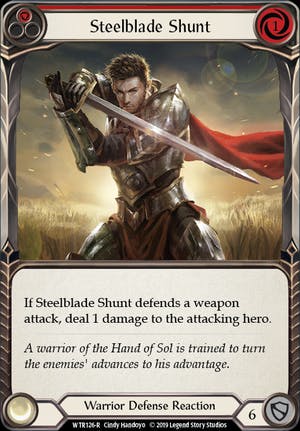
Preparing for Nationals (part 1) – The plan
The first goal set was met and my focus shifted to preparing for Nationals. Chane was the deck to beat, so I decided to try it out. Banishing at the start of your turn was great and felt like drawing cards at the start of your turn. The card advantage that was generated by that deck, combined with the great equipment and the late game setup with Seeds of Agony, Rift Bind and Eclipse was incredibly powerful. Playing the deck well however was not an easy task.
So I committed myself to play Chane until Nationals to get in as many reps as possible. I played several tournaments (both online and live) to relative good success, including a 9th place finish on another RtN, losing the last round to James on Katsu Control. You can check his video and tournament report here.
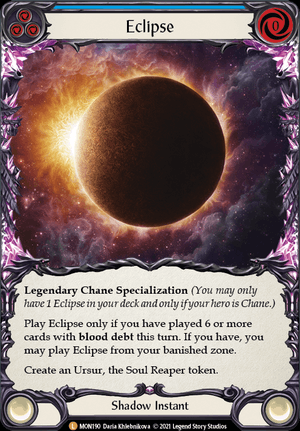
I was getting more confident on the deck each game I played, as did many other players. The deck was way too powerful, with having (if played correctly) a favourable matchup against any other hero. So around the release of the new set Tales of Aria, Seeds of Agony, rightfully so, got banned. I tried to play Chane a couple of times after that, but was not able to get it to work for me any more.
Preparing for Nationals (part 2) – Lost
So it was time to try out another hero. I must have tried out 4 to 5 other heroes to find my replacement for Chane. The most promising was Bravo, however, I was unable to get the Prism Aura matchup to work for me. Prism is a very popular hero in the Dutch metagame, so I was not sold on that route. I liked the concept of Earth Briar with Channel Mount Heroic, but had too little time to play with the deck to get a good feel on the matchups. I even sleeved up Dash to take it for a couple of spins and traded up to complete my Rhinar deck. So basically I was stuck, unable to select a hero.
Preparing for Nationals (part 3) – To throw a Hail Mary
In the Blitz season I was playing Kano for a bit. Games are short and your plan is clear, I even made it into the “hall of fame” winning one of the monthly Blitzed tournaments. But could the deck be converted to Classic Constructed (CC) ? I connected with Joost, #1 judge in the Netherlands, organizer of the Blitzed tournaments, but also well known for his love for Kano and the combo’s that can be generated. Joost was convinced Kano could work in CC.
At the same time Alexander Vore was getting great success with the Kano deck in CC tournaments and the metagame shifted to “zero pitch” Briar, a potential good match-up for the Kano deck. Everything else seemed shaky at best, however I thought I was ready to throw a Hail Mary and play Kano in Classic Constructed.
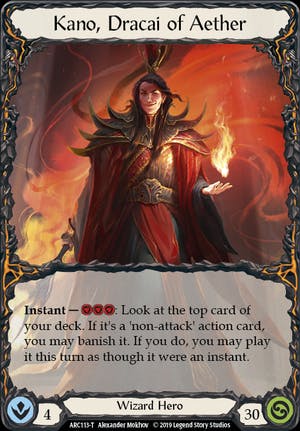
Nationals – Deck choice
The Friday before nationals there was a Battle Hardened Blitz event, 5 rounds, and a great opportunity to test out the Kano list still under the radar. The CC list was quite different from my initial Blitz list, so I decided to try the CC build (of course converted to Blitz) on this Friday. And I struggled… I was not feeling the deck, lost confidence in my ability to successfully pilot the deck in CC and decided to change the game plan the night before the event.
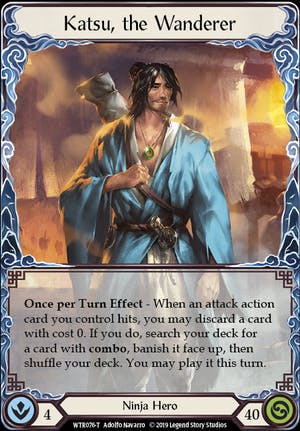
Oldhim crossed my mind, but that seemed like a challenging deck to pick up out of the blue. I considered Chane, but the newest version played on the US Nationals was very different, and seemed difficult to play correctly. So I looked back to Katsu. Could that hero be positioned decently in this metagame of go wide decks?
Combo lines in a metagame that doesn’t really want to block. Flic Flaks to efficiently defend go wide turns. A core deck that could side into full-control or a midrange-aggro could offer a way out. Not refined, not well tested, but the basic theory made sense to me. So ultimately I decided on the following list.
A 47 core card deck, with 20 blues, to execute the base game plan. Having a 13 card control defense reaction package (3 Fate Foreseen (r), 3 Sink Below (r), 3 Flic Flak (r), 1 Flic Flak (y), 3 Unmovable (r)).
A 1 card arcane damage “package” (Nullrune Gloves, I really like the go-again potential of Breeze Rider Boots, so Gloves over Boots). And a 13 card aggro mix-package, if you want to try and take the initiative (2 Ancestral Empowerment, 2 Art of War, 3 Exude Confidence, 1 Leg Tap (r), 3 Plunder Run (r), 2 Razor Reflex (r)).
The control package is to add stability. The aggro package mixes up the different threats combined with the absolute raw power of Plunder Run.
Snapdragon or Breeze Rider
The base equipment suite is standard, with one item which can be debated. I opted for the Breeze Rider Boots over Snapdragon Scalers. The effect to give all combo cards go-again in a turn can be quite powerful, and generate a very big turn.
Additionally the 1 block value give you an extra possibility to block out a valuable on-hit trigger.
Combo lines
In the core of the deck, there is the best combo line of Surging Strike, Whelming Gustwave, Mugenshi Release into Lord of Wind.
Additionally the Leg Tap, Rising Knee Thrust, Hurricane Technique combo line can be quite good for damage.
Remembering the quantities of these cards is important, so that you can determine what your line will be before you start to search with Katsu’s ability.
The best (non) combo line
The other (non) combo lines are based on a single blue pitch, Kodachi, Kodachi and a 1 or 0 cost – 4 or 5 power attack (or a Command and Conquer for 6 on a Fyendal’s Spring Tunic counter), in order to threaten a Mask of Momentum trigger to draw a card. This means that you can reliably go down to a two card hand, and still come back for 6-8 damage with a potential card draw on hit, which requires on average two cards to block.
So at around 01.00 the night before, I felt ready for Nationals.
Nationals – Saturday
We start Saturday with 48 players to battle it out for the prizes. 5 rounds of classic constructed followed by 3 rounds of Tales of Aria draft. With these numbers and draws (a.k.a. the dreaded double loss) there might be some players with a 5-3 record in top 8 at the end.
I personally really like a mixed tournament on a nationals; mastering both constructed and limited requires different skillsets. Limited does add some level of randomness to the event, but overall I think a mix event is best.
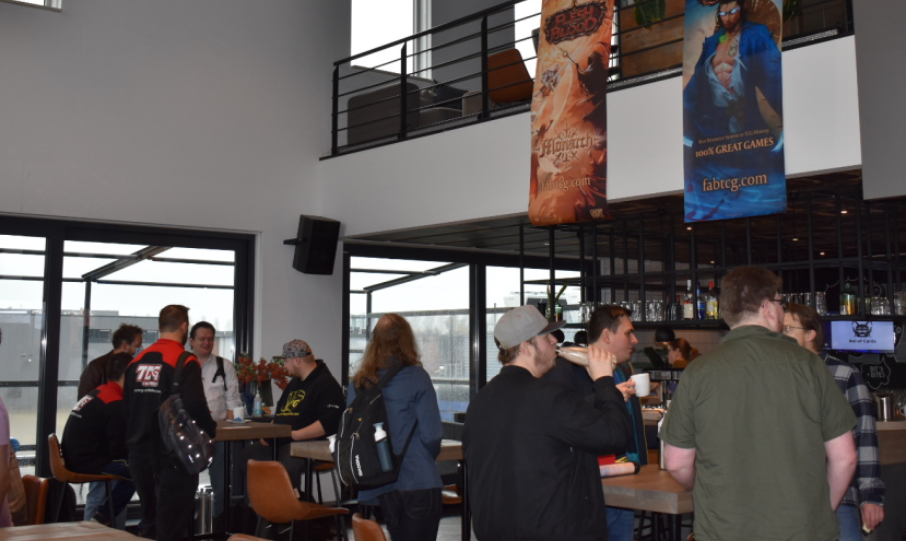
The approximate classic constructed breakdown at nationals amounted to:
- Briar: 25%
- Prism, Lexi, Katsu, Rhinar: each 10%
- Oldhim, Dash, Boltyn, Chane: each 5%
- Other: 15%
Which concludes the first part of my tournament report. A round by round description, is posted here.
Didier
